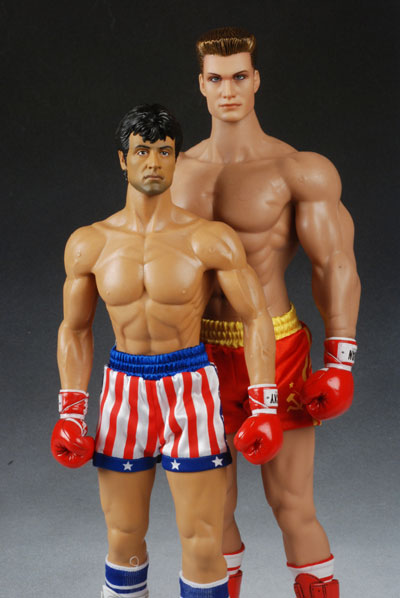

What is new, is that you’re forced to play one of five characters on different stages, each with adjusted weapon attributes, and one of whom is only available on your second completion of Story Mode. You still accrue an additional life-meter heart after each stage, and there are useful secrets scattered all over, regularly off the beaten path, within enclaves and forest glades, and quite often in the guise of stray chickens. The repel attack now does a lot more work, and is better at taking out enemies by pinging their projectiles back at them. You have a rapid-fire projectile attack, a repel defence manoeuvre that protects from incoming fire, a quick belly-slide to avoid danger, and limited smart bombs that aren’t replenished after a death. Mechanically, it remains mostly the same. When you eventually make it to the once-familiar octopus boss engagement - now a nightmare-on-raft with incredible visual bombast - it’s clear that this is a whole new ball game. You battle roaming fire snakes with your repel attack, and balding, misshapen giants camped behind terracotta walls. Stage two, although thematically the same, shifts further still, its layout and enemies fundamentally different. Then, as you find yourself roaming up little pathways and stone steps, around bends and up against cartloads of enemies, that notion starts to fade. Reshrined’s switch-and-bait is that, when you head into the first stage, it appears a straight remake. And, in-case you were wondering, a scan line option with a range of densities is available, as is the ability to switch between languages. These visual ingredients, brought to life with superb animation, are almost Metal Slug-esque in graphical precision. Water reflections, babbling streams, sun-bathed paddy fields and fiery village backdrops are all beautifully crafted, while the run-amok cast of Japanese mythological enemies positively bleed personality.

This wasn’t lost on Tengo Project’s art team, who endeavoured - and succeeded with aplomb - to cram every inch of its freshly rendered maps with charming attention to detail. The Super Nintendo game’s distinct Japanese theme, travelling old Japan as a Shinto shrine maiden and a tanuki raccoon dog, was one of its most endearing aspects.


 0 kommentar(er)
0 kommentar(er)
